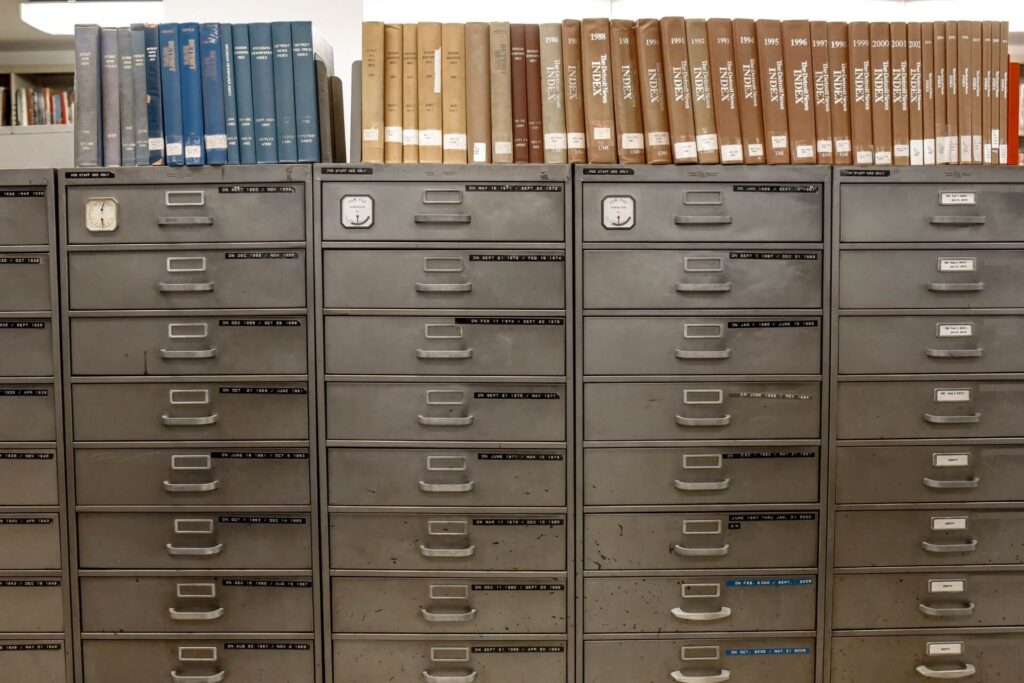Dated office decor isn’t good for your brand image and could be making your employees unhappy. Below are just some of the office features that may be worth refreshing – and how you can bring them into the 21st Century.
Pinboards
Plastering notes and important information onto a pinboard is fairly old-fashioned. There are much more efficient ways of providing reminders to yourself and sharing information with your team. For example, digital calendars can often be used to send you reminders of events on certain dates, while important information can be stored in cloud files for multiple employees to access.
Filing cabinets
For most businesses, there’s no need to keep paper records in filing cabinets. Storing files digitally saves space and reduces printing costs. Unless it’s a legal contract that you’re required to maintain a physical copy of, it’s better to keep everything digital. What about old paper documents? Many of these can be scanned and converted into digital copies. You can also ask companies to send you over digital contracts if you currently only have physical ones.
Advertisement - Story continues below
Request advertising info. View All.
No color
White-and-gray monochrome offices tend to be dull and uninspiring. Color can help to make your office warmer and vibrant. Certain colors are known for having different psychological reactions – blue is typically calming, red is energizing and green can help symbolize growth. Think about which colors are likely to motivate your team and reflect your brand the best. You can hire a commercial painter to repaint the walls. Don’t be afraid to also add color to office furniture.
Reliance on artificial lighting
While artificial lighting can be used to illuminate a gloomy office, it is no replacement for natural lighting. Sunlight is better for our mood and our skin as it is a source of vitamin D. Where possible, try to maximize the amount of sunlight pouring into your office. Remove obstacles blocking windows and consider facing desks towards windows (this provides employees with a view outdoors while facing the monitor away to reduce sun glare).
Unergonomic furniture
A modern office needs to take into account ergonomics. This involves making sure that furniture is comfortable so that employees can concentrate and are not at risk of developing RSIs. Office chairs for example should be fully adjustable so that employees can find the perfect height and get the right back support. Desks meanwhile should have enough legroom beneath and enough elbow room either side. This may involve reconsidering your furniture and office layout.
Non-inclusive architecture
In order to appeal to all kinds of employees and accommodate all kinds of visitors, it’s important that your office is inclusively designed. This involves making sure that your premises can be used by people with different disabilities and conditions. Examples of inclusive office design could include making sure that walkways and doorways can be used by wheelchair users and that bathrooms have disabled access. You can find guides online to inclusive office design.
Photo by Element5 Digital
